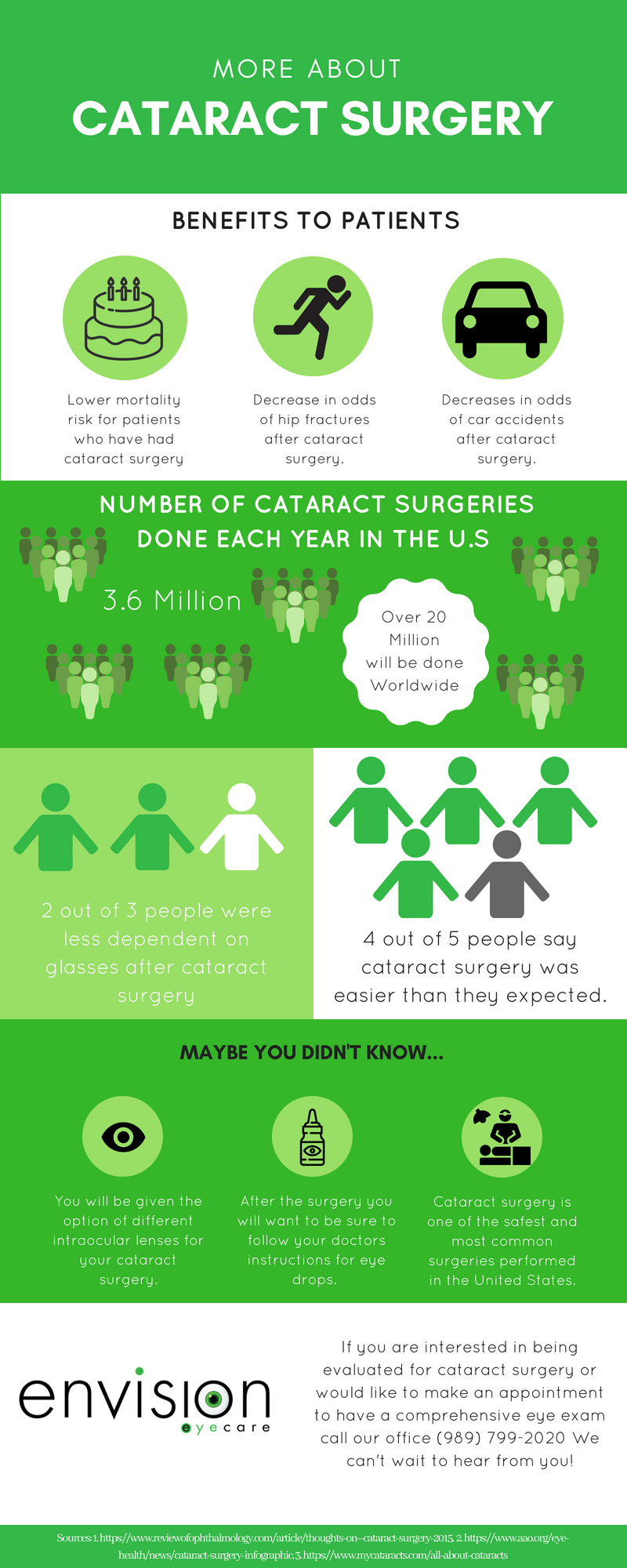If you've been taking into consideration SMILE eye surgery, you may question exactly how it stacks up against LASIK and PRK. Each procedure has its very own set of advantages and considerations. From quicker healing times to prospective dangers, there are essential differences you ought to know before choosing. Recognizing these differences will certainly aid you make an informed selection that straightens with your specific requirements and assumptions. Interested to understand even more concerning exactly how these procedures contrast carefully? Keep on exploring to gain a thorough understanding of SMILE, LASIK, and PRK.
SMILE Eye Surgical Treatment Introduction
If you're considering SMILE eye surgery, you'll locate it to be a minimally intrusive treatment with a quick healing time. During SMILE (Tiny Laceration Lenticule Removal), a laser is utilized to develop a little, specific cut in the cornea to get rid of a small item of tissue, improving it to fix your vision. This varies from LASIK, where a flap is produced, and PRK, where the external layer of the cornea is entirely eliminated.
Among the essential benefits of SMILE is its minimally invasive nature, bring about a faster healing procedure and less discomfort post-surgery. The recuperation time for SMILE is fairly fast, with numerous clients experiencing enhanced vision within a day or more. This makes it a preferred choice for those looking for a hassle-free and efficient vision modification treatment. Furthermore, SMILE has been shown to have a reduced danger of dry eye syndrome compared to LASIK, making it a favorable option for people worried about this possible adverse effects.
Differences In Between SMILE, LASIK, and PRK
When comparing SMILE, LASIK, and PRK eye surgical procedures, it is very important to understand the unique methods utilized in each treatment for vision correction.
SMILE (Small Incision Lenticule Extraction) is a minimally intrusive treatment that includes creating a little incision to remove a lenticule from the cornea, improving it to remedy vision.
LASIK (Laser-Assisted Sitting Keratomileusis) entails developing a slim flap on the cornea, using a laser to improve the underlying cells, and afterwards rearranging the flap.
PRK (Photorefractive Keratectomy) gets rid of the outer layer of the cornea prior to improving the cells with a laser.
The main distinction hinges on the method the cornea is accessed and treated. SMILE is flapless, making it a great alternative for individuals with thin corneas or those associated with get in touch with sports. linked web-site provides quick aesthetic recovery due to the flap creation, yet it may position a higher danger of flap-related issues. PRK, although having a much longer recuperation duration, avoids flap-related problems altogether.
Recognizing these differences is vital in selecting the most appropriate procedure for your vision correction requirements.
Advantages And Disadvantages Comparison
To examine the advantages and downsides of SMILE, LASIK, and PRK eye surgical procedures, it's vital to consider the certain advantages and prospective restrictions of each treatment. SMILE surgical procedure supplies the advantage of a minimally invasive procedure, with a smaller incision and possibly quicker healing time contrasted to LASIK and PRK. It additionally decreases the threat of dry eye post-surgery, a typical adverse effects of LASIK. However, https://www.healio.com/news/ophthalmology/20210512/refractive-lensectomy-challenges-laser-iridotomy-as-management-for-narrow-angles might have limitations in dealing with higher levels of nearsightedness or astigmatism contrasted to LASIK.
LASIK surgical treatment gives quick visual recovery and minimal discomfort during the treatment. It's extremely efficient in treating a vast array of refractive errors, including nearsightedness, hyperopia, and astigmatism. Yet, LASIK brings a risk of flap complications, which can impact the corneal structure.
PRK eye surgical treatment, while not as prominent as LASIK, prevents creating a corneal flap, minimizing the risk of flap-related issues. It's suitable for patients with slim corneas or irregular corneal surfaces. Nevertheless, PRK has a much longer recuperation time and may involve a lot more pain during the healing process.
Final thought
So, when it pertains to selecting between SMILE, LASIK, and PRK, think about it like selecting the excellent set of footwear. SMILE resembles a smooth, comfy pair of tennis shoes - fast and very easy.
LASIK is a lot more like fashionable high heels - showy and quick, but with some potential risks.
PRK resembles strong treking boots - reliable and sturdy, however requiring a bit more time and effort.
Ultimately, the most effective option relies on your private needs and preferences.
